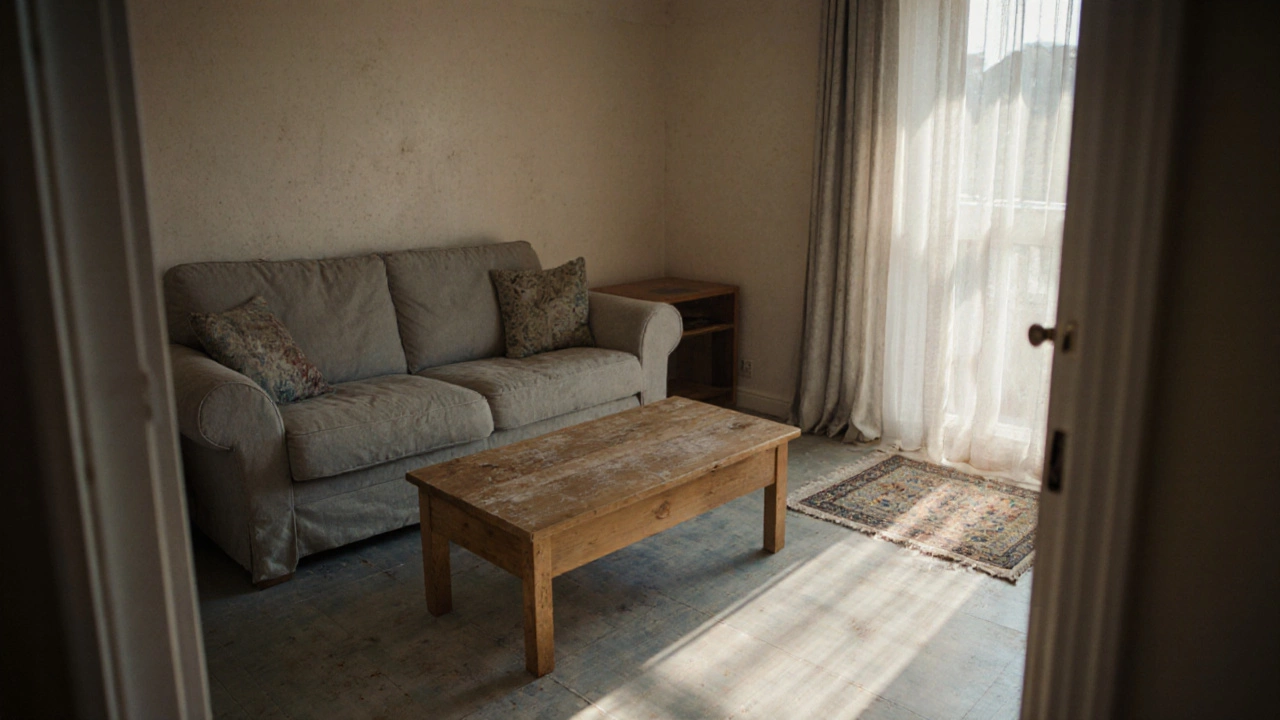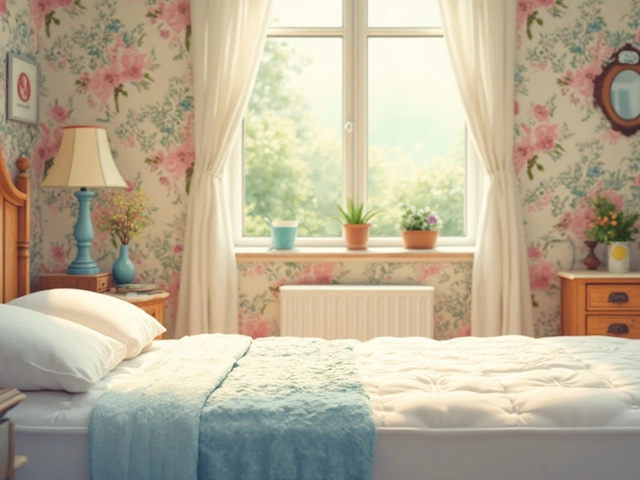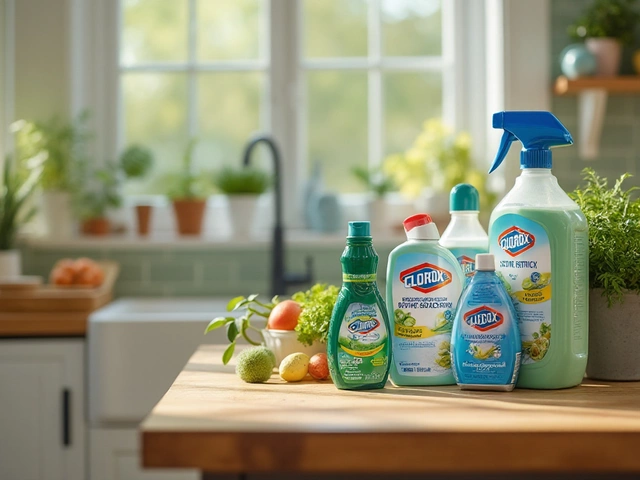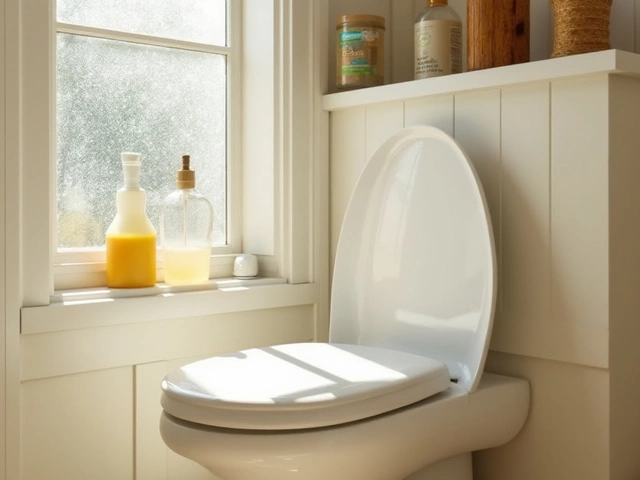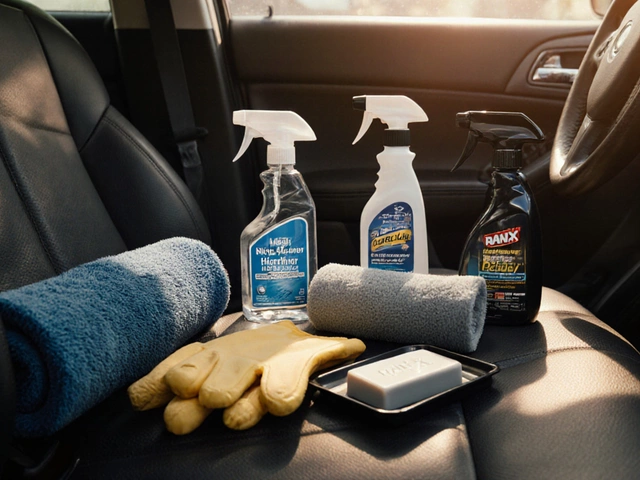Home Wear & Tear Checker
Analysis Result
Surface Threshold Guidelines
Flooring
Normal: Light scratches, minor dulling, occasional squeaks
Excessive: Deep gouges, loose tiles, persistent squeaking, water damage
Paint
Normal: Small scuffs, fading in direct sunlight
Excessive: Peeling, bubbling, large faded patches, water stains
Carpet
Normal: Surface lint, minor indentation from furniture
Excessive: Threadbare areas, permanent stains, odor that lingers after cleaning
Furniture
Normal: Minor scratches, light wear on upholstery
Excessive: Broken legs, ripped fabric, deep scratches exposing wood
When you hear the term wear and tear is the gradual damage that naturally occurs to a property or item from normal everyday use, it often sounds harmless. But how do you know when it’s crossing the line into “too much”?
Key Takeaways
- Wear and tear is normal, but excessive wear signals neglected maintenance or abuse.
- Each surface - flooring, paint, carpet, furniture - has clear visual and functional thresholds.
- Regular inspections and a simple maintenance schedule prevent costly repairs.
- Lease agreements usually define acceptable wear; crossing the line can affect security deposits.
- Documenting damage protects you from disputes and can influence insurance claims.
What Counts as Too Much?
Too much wear and tear means the damage has progressed beyond what a reasonable, average occupant would cause over a typical tenancy period. In practical terms, this shows up as:
- Visible cracks, gouges, or deep scratches that expose underlying material.
- Structural weaknesses - like sagging floorboards or warped doors.
- Loss of functionality, such as a faucet that no longer closes fully.
- Stains or discoloration that cannot be removed with standard cleaning.
These signs often translate into higher property depreciation is the reduction in a property's market value caused by age, use, and physical deterioration, which landlords factor into rental pricing and future resale.
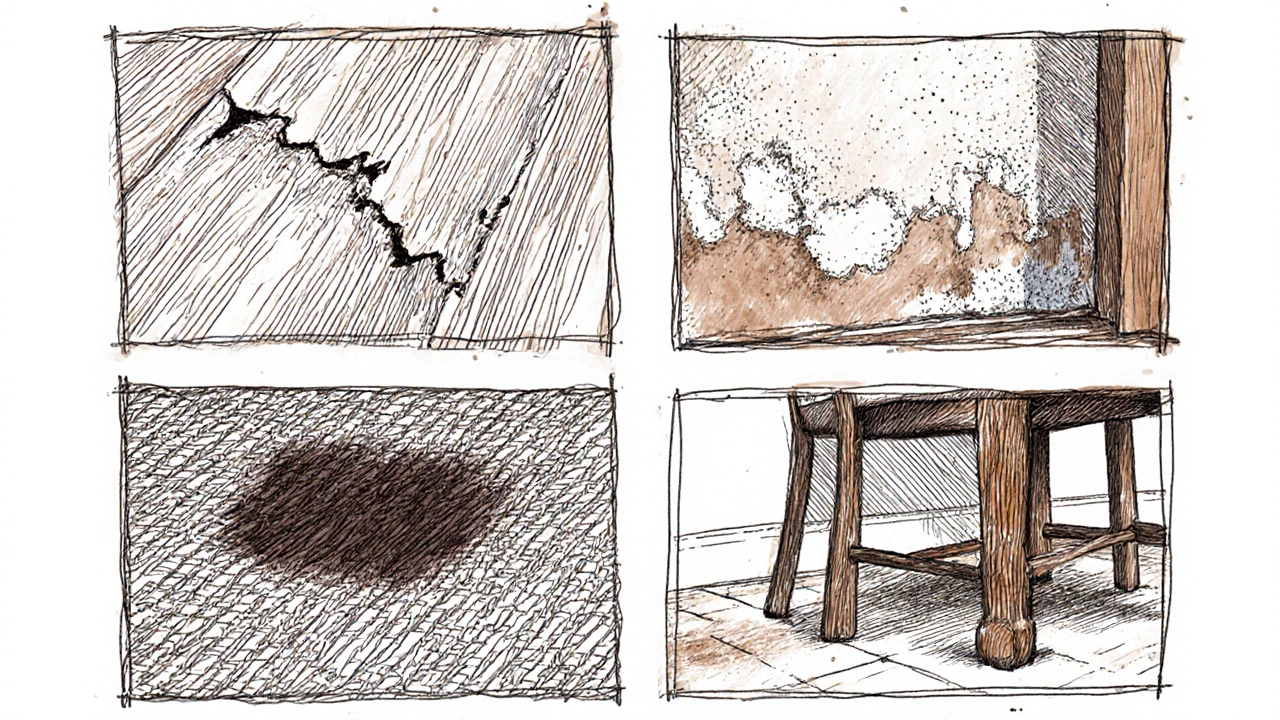
How to Spot Excessive Wear Early
Develop a habit of walking through each room at least twice a year - once after the heating season and once after the cooling season. Look for these red flags:
- Flooring: Check for loose tiles, squeaky boards, or worn‑down laminate surfaces. If the wear depth exceeds 2mm, it’s likely beyond normal use.
- Paint: Look for peeling edges, blistering, or widespread fading. A few scuffs are fine; large areas of flaking indicate excess.
- Carpet: Notice threadbare spots larger than a quarter of an inch or permanent stains that have set for more than 48hours.
- Furniture: Examine joints for wobble, fabric for tears, and finishes for scratches deeper than a fingernail.
Keeping a maintenance schedule is a calendar that outlines regular inspections, cleaning, and minor repairs to preserve property condition helps you catch these problems before they become expensive fixes.
Common Areas & Their Wear Limits
| Surface | Normal Wear Indicators | Excessive Wear Indicators |
|---|---|---|
| Flooring | Light scratches, minor dulling, occasional squeaks | Deep gouges, loose tiles, persistent squeaking, water damage |
| Paint | Small scuffs, fading in direct sunlight | Peeling, bubbling, large faded patches, water stains |
| Carpet | Surface lint, minor indentation from furniture | Threadbare areas, permanent stains, odor that lingers after cleaning |
| Furniture | Minor scratches, light wear on upholstery | Broken legs, ripped fabric, deep scratches exposing wood |
Prevention Tips for Homeowners
Stopping wear before it becomes excessive saves time and money. Try these simple habits:
- Use mats at every entrance to catch grit that scrapes floors.
- Apply felt pads under heavy furniture to protect wood surfaces.
- Touch‑up paint in high‑traffic zones every 2-3 years.
- Rotate area rugs periodically to give carpet a chance to recover.
- Schedule professional cleaning for upholstery and carpets at least once a year.
Even with the best care, some wear is inevitable. That’s why most rental contracts include a lease agreement is a legal document that outlines the rights and responsibilities of tenants and landlords, including condition standards. Knowing what the agreement deems “acceptable” helps you avoid disputes when moving out.
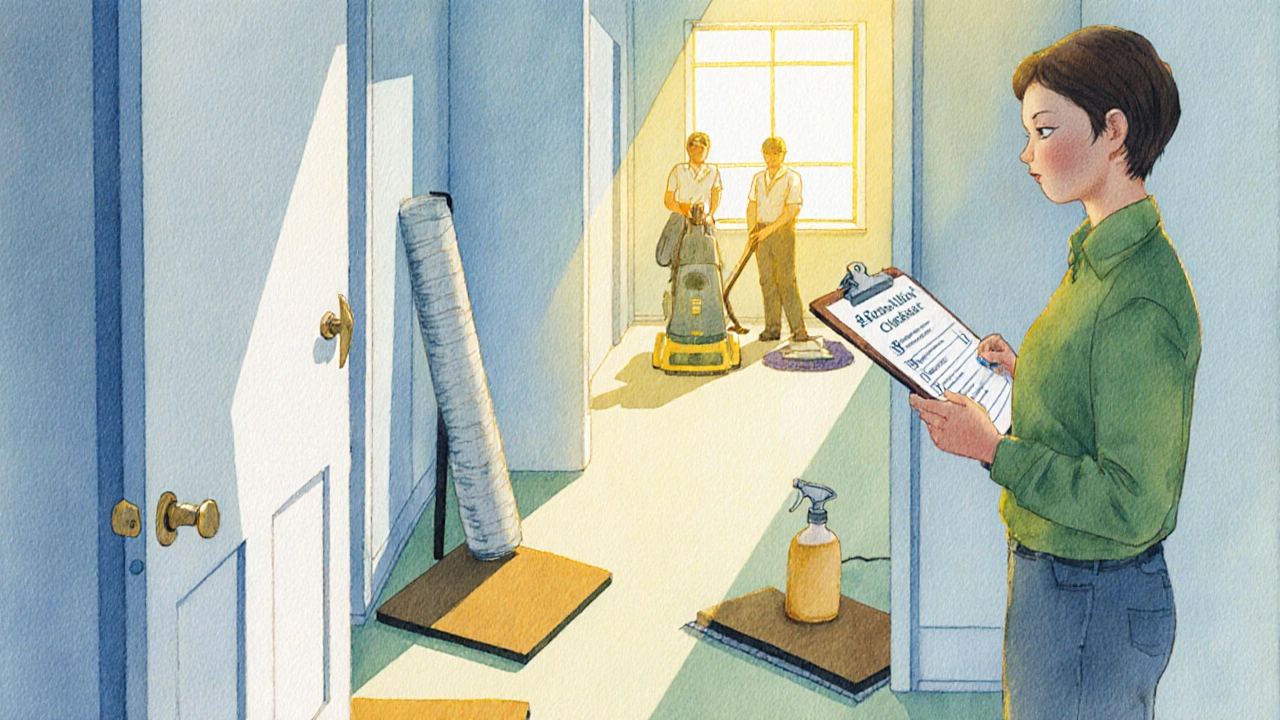
When to Call a Professional
Not every sign of wear can be fixed with a DIY approach. Consider professional help when you encounter:
- Water damage that has seeped into sub‑flooring.
- Extensive paint failure that may involve lead‑based layers in older homes.
- Carpet with mold or deep stains that require industrial extraction.
- Structural issues such as sagging beams or warped doors.
Professional services often come with insurance coverage, which can be important if the damage escalates to a claim. Your insurance is a contract that provides financial protection against loss or damage to property policy may require documented evidence of maintenance before accepting a payout.
Quick Checklist Before Moving Out
- Walk through each room with a flashlight to spot hidden damage.
- Take photos of all areas you plan to claim as “normal wear”.
- Repair or replace items that exceed the thresholds listed in your lease.
- Schedule a professional cleaning for carpets and floors.
- Provide the landlord with a copy of your inspection report.
Following this checklist reduces the chance of a surprise deduction from your security deposit.
Frequently Asked Questions
How do I differentiate normal wear from damage?
Normal wear appears as minor, uniform wear that can be expected after a typical tenancy (e.g., light carpet wear, small paint scuffs). Damage is anything that requires repair beyond simple cleaning, such as holes, deep scratches, or water stains.
Can I charge the tenant for excessive wear?
Yes, if the wear exceeds the limits defined in the lease agreement, landlords can deduct repair costs from the security deposit or issue a separate invoice. Documentation and photos are essential.
What is the typical lifespan of painted walls before they need touch‑up?
High‑traffic areas usually need a fresh coat every 5-7 years, while low‑traffic rooms can last 10 years or more with proper cleaning.
Is carpet replacement ever considered normal wear?
Only if the carpet’s expected lifespan (typically 8-10 years for residential use) has been reached. Otherwise, threadbare spots are classified as excessive wear.
How often should I schedule professional cleaning to avoid excessive wear?
For most homes, a deep clean of carpets and upholstery once a year, plus a floor polishing every 2-3 years, keeps wear within normal limits.
